Heat-resistant felt is made from a variety of high-temperature fibers, such as aramid fibers, that are mixed, prepared, compressed, and hardened to form a dense, elastic material that can withstand temperatures of up to 600 degrees Celsius.
The importance of high temperatures felt in all industries cannot be overemphasized.
It plays a key role in ensuring the safety, efficiency, and productivity of high temperatures industrial processes.
High-temperature resistance felt is a variety of requirements of high-temperature resistance, wear resistance, and fire industry vital material. Its unique properties make it an integral part of many industrial processes and products.
The production of high-temperature resistant felt begins with the selection and preparation of high-temperature fibers.
These materials have excellent high-temperature resistance and mechanical strength.
Aramid fibers, such as Kevlar and Nomex, are synthetic fibers that have high heat and wear resistance. They are made by spinning a polymer solution into fibers and then processing them into yarn or fabric.
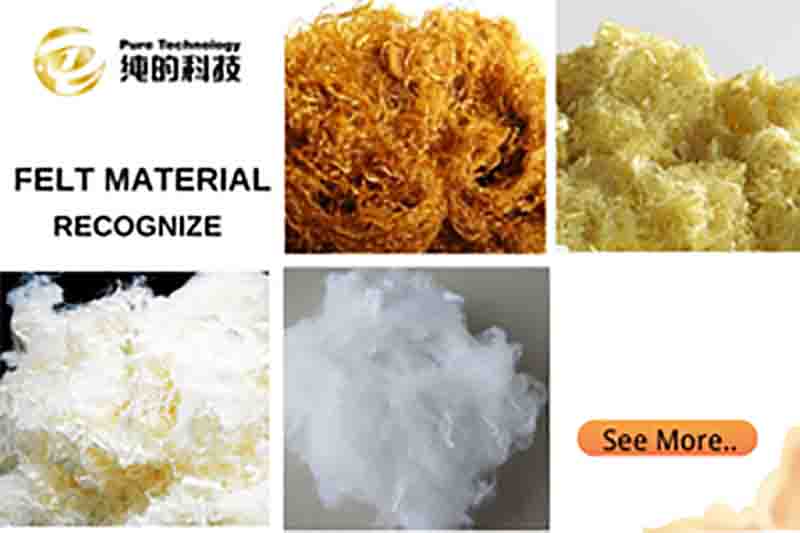
Once selected, the fibers must be prepared to produce a high-temperature-resistant felt. This includes cleaning, combing, and blending to ensure the uniformity and consistency of the fibers.
The fibers are then spun into yarn or woven into the fabric using specialized equipment.
The selection and preparation of high-temperature fiber is the key step in the production of high-temperature resistant felt.
The type of fiber used depends on the specific application and the desired properties of the finished product.
Proper preparation of fibers is essential to ensure the uniformity and consistency of the final product.
After the raw materials have been selected and prepared.
The next step in producing high-temperature resistant felt is mixing and preparation.
This involves mixing fibers to form an even mixture that can be processed into yarn or fabric.
The mixing process is key to ensuring that the fibers are evenly distributed throughout the mixture.
This is usually done with a carding machine, which combs the fibers and separates them into individual strands.
The strands then pass through a series of rollers that mix them to form an even mixture.
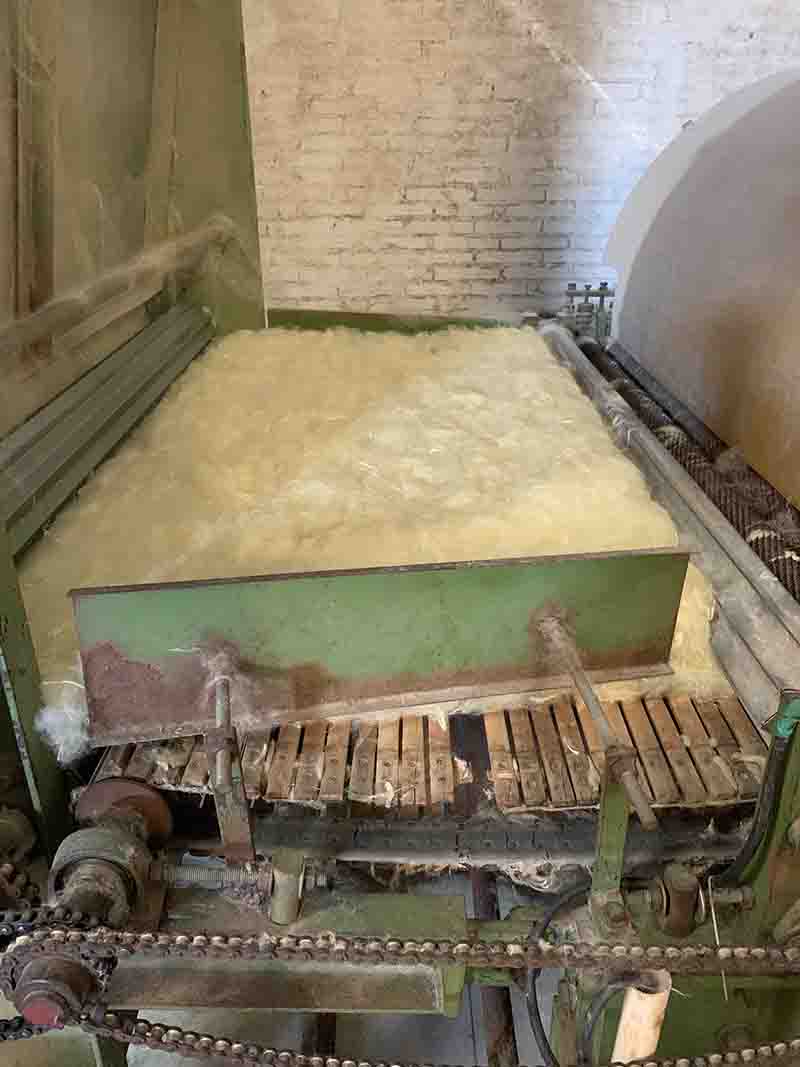
Once the fibers are mixed, they are processed into yarn or fabric by specialized equipment.
Yarn is made by twisting fibers together using a spinning machine, while the fabric is made by weaving fibers together using a loom.
During the mixing and preparation process, several parameters need to be controlled to ensure the quality and consistency of the final product.
These include the type and proportion of fibers used and the speed and tension of the processing equipment.
And the temperature and humidity of the production environment.
The type and proportion of fibers used will affect the properties of the final product, such as strength, durability, and heat resistance.
The speed and tension of the processing equipment can also affect the quality and consistency of the final product.
If the device runs too fast or has too much tension, the fibers may break or be unevenly distributed.
On the other hand, if the equipment is running too slowly or the tension is too low
The final product may be weak or poorly formed.
Finally, the temperature and humidity of the production environment can also affect the performance of the final product. High temperatures can cause the fibers to melt or deform.
While high humidity can cause the fibers to become damp and lose strength.
The mixing and preparation process is the key step in the production of high-temperature resistant felt.
Careful control of the parameters involved in this process is essential to ensure the quality and consistency of the final product.
Once the yarn or fabric is produced, the next step in the production of high-temperature resistant felt is compression and hardening.
This process is essential to increase the density of the fiber and improve its resistance to high temperatures.
Compression is usually achieved using needling machines.
Which use thousands of barbed needles to mechanically compress fibers together.
When the needles penetrate the fibers, they lock into each other, forming a dense three-dimensional structure.
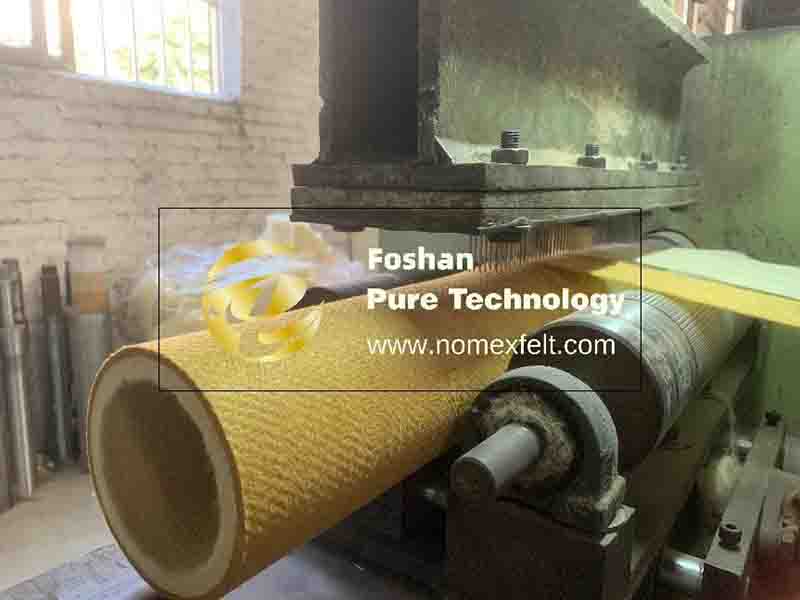
The needling process can be repeated many times to further increase the density of the fibers and improve their properties.
In some cases, fibers can also be compressed using a hot press.
Which uses heat and pressure to glue fibers together, resulting in a denser, more stable material.
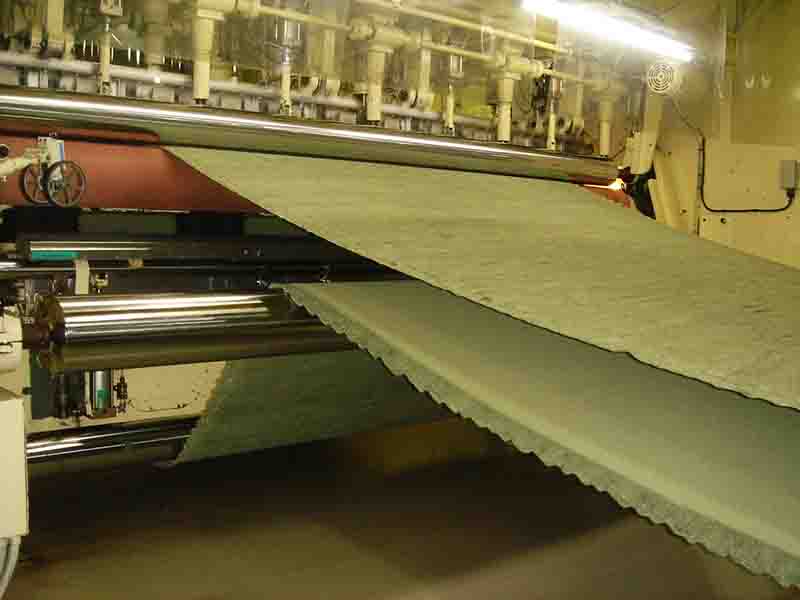
Once the fibers are compressed, they harden through a process called curing.
This involves heating the compressed fiber to a specific temperature and holding it there for a certain amount of time.
The heat causes the fibers to chemically react and bond together, forming a strong heat-resistant material.
The specific temperature and time required for curing depend on the type of fiber used and the properties required for the final product.
For example, materials that need to withstand extreme temperatures or harsh chemical environments may require higher curing temperatures and longer curing times.
During the compression and hardening process, several parameters need to be controlled to ensure the quality and consistency of the final product.
These parameters include the pressure applied during compression, the temperature, and the time during curing.
And the rate of cooling after curing.
Resulting in a weak or inconsistent final product. Similarly, if the temperature and timing of the curing process are not controlled correctly. The fibers may not bond together correctly, resulting in a final product that is less durable or heat resistant. In short, compression and hardening are essential steps in the production of high-temperature-resistant felt. Careful control of the parameters involved in these processes is essential to ensure the quality and consistency of the final product.
After compression and hardening, the high-temperature resistant felt is finished to ensure that it meets the required quality and performance standards.
The process usually involves trimming, cutting, and packing the material.
During the trimming process, the edges of the felt are trimmed to remove any excess fibers or irregularities.
This step is essential to ensure that the felt has an even thickness and density and behaves consistently in its intended application.
Once the pruning is complete, the felt is cut to the desired size and shape using specialized cutting equipment.
The cutting process is carefully controlled to ensure that felt cutting is accurate and consistent and meets the specific requirements of the customer.
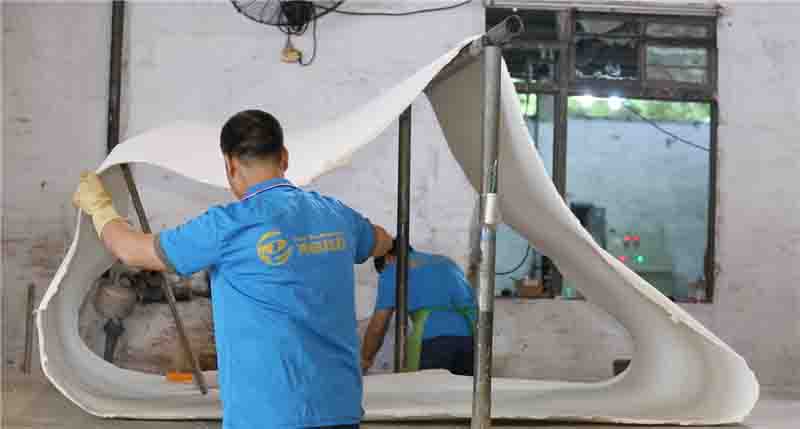
After the felt is trimmed and cut, it is packaged and shipped to the customer.
The packing process is essential to ensure that the felt is protected during transit and reaches its destination intact.
The felt can be packaged in rolls, sheets, or custom-sized blocks, depending on the customer’s requirements.
It is usually wrapped in protective material to prevent damage from moisture, dust, or other contaminants.
In the whole production process, quality control measures are taken to ensure that the quality and performance of high temperature resistant felt meet the required standards.
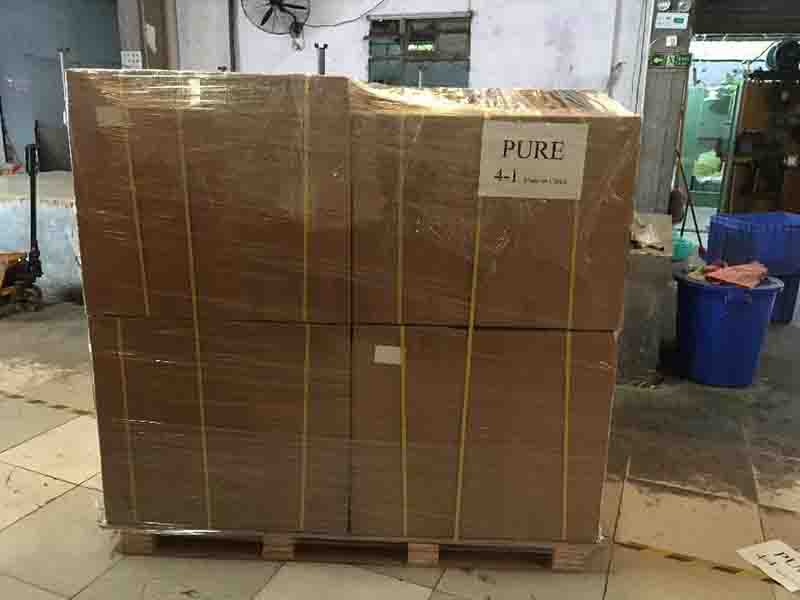
Raw material inspection:
Incoming fibers are inspected to ensure that they meet the required specifications for high-temperature resistance and other properties.
Process control:
Strictly monitor the production process to ensure that the parameters of each step are within the required range.
Inspection of the finished product:
Inspection of finished felt to ensure that its thickness, density, and other properties meet the required specifications.
Testing:
Felt can be tested in various ways, such as tensile strength, compressive strength, thermal stability, etc., to ensure that it meets the specific requirements of customers.
The finishing and packing process is an important step in the production of high-temperature-resistant felt.
This process ensures that the material meets quality and performance standards and is properly packed to protect it during transit.
Quality control measures are implemented throughout the production process to ensure that the final product meets the specific requirements of the customer.
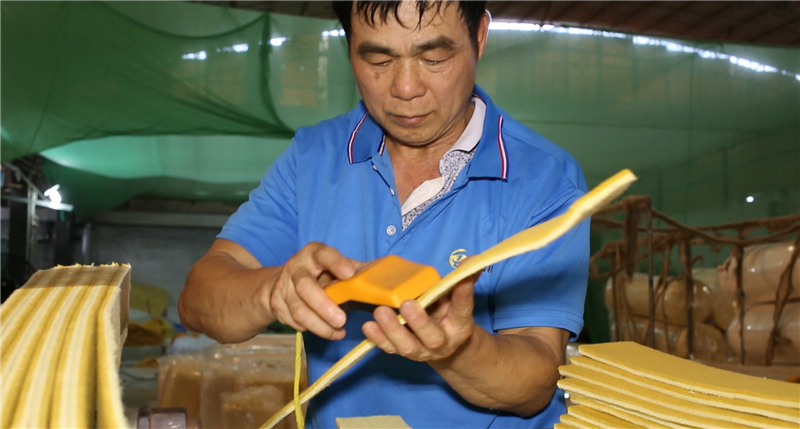
Once the high temperature-resistant felt is completed, packed, and inspected, it can be shipped to overseas customers. Transportation and delivery involve several steps, including transportation, customs clearance, and logistics.
Transportation is the key link in transporting high temperature resistant felt to overseas customers.
Materials can be shipped by sea, air, or land, depending on the destination and the urgency of the cargo.
If the material is transported by sea, it is usually packed into containers and transported by cargo ships.
The goods may be delivered to a port and then transported by truck or rail to the customer’s location.
If the material is transported by air, it is usually transported by cargo plane.
Air freight is faster than sea freight, but usually more expensive.
If the material is transported overland, it is usually by truck or train.
This mode of transport is suitable for short distances within the same continent.
Customs clearance is an important link in transporting high-temperature resistant felt to overseas customers.
This step includes obtaining the necessary clearance documents and paying any applicable duties or taxes.
Customs clearance by shipping company or customer.
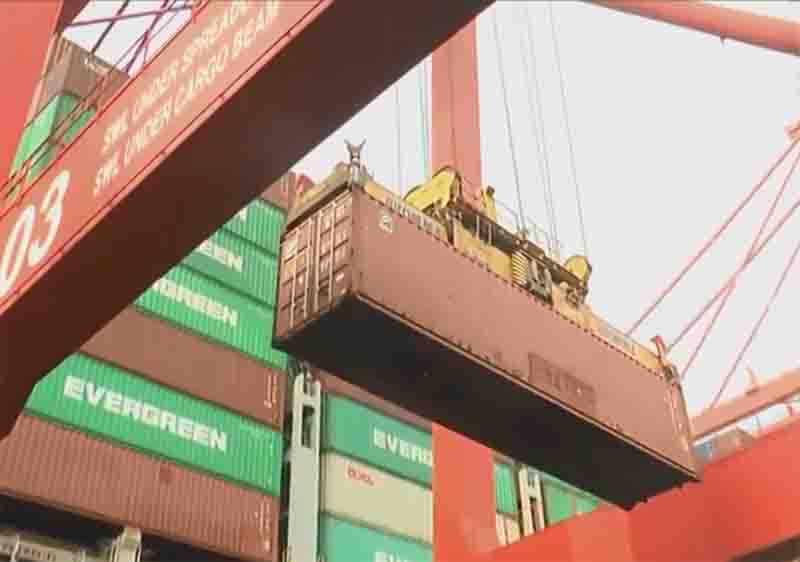
However, it is essential to ensure that all necessary documentation is in place to avoid any delay in the delivery of materials.
Logistics is the process of managing goods from their place of production to their final destination.
In the case of heat-resistant felt, logistics may involve coordination with shipping companies, freight forwarders, and customs to ensure that materials arrive on time and in good condition.
The logistics process may involve several steps, including transportation planning, tracking cargo, and managing any problems that may arise during transportation.
A good logistics plan is essential to ensure the efficient delivery of materials and the timely resolution of any problems.
As we know, Heat Transfer Printing Felt is suitable for fabrics, decorative fabrics, curtains, le...
Read Safety Rules for Laundry Management to be a qualified manager. PARTⅠ Laundry room Safety Gen...
The extrusion machine is the leading equipment for the production of aluminum profiles. The quali...
Heat transfer printing is a contemporary printing process in the clothing market. It prints the p...
In the textile industry, felt is only a small part but important. About how to choose felt that i...
Foshan Pure Technology Company., Ltd. helps conveyor belt manufacturers source equipment to metal...
Nomex, an intermediate aramid, also known as aramid 1313. It is characterized by good heat resist...
In the 1960s, the Dupont developed a kind of aramid composite material, it is Kevlar. It has very...